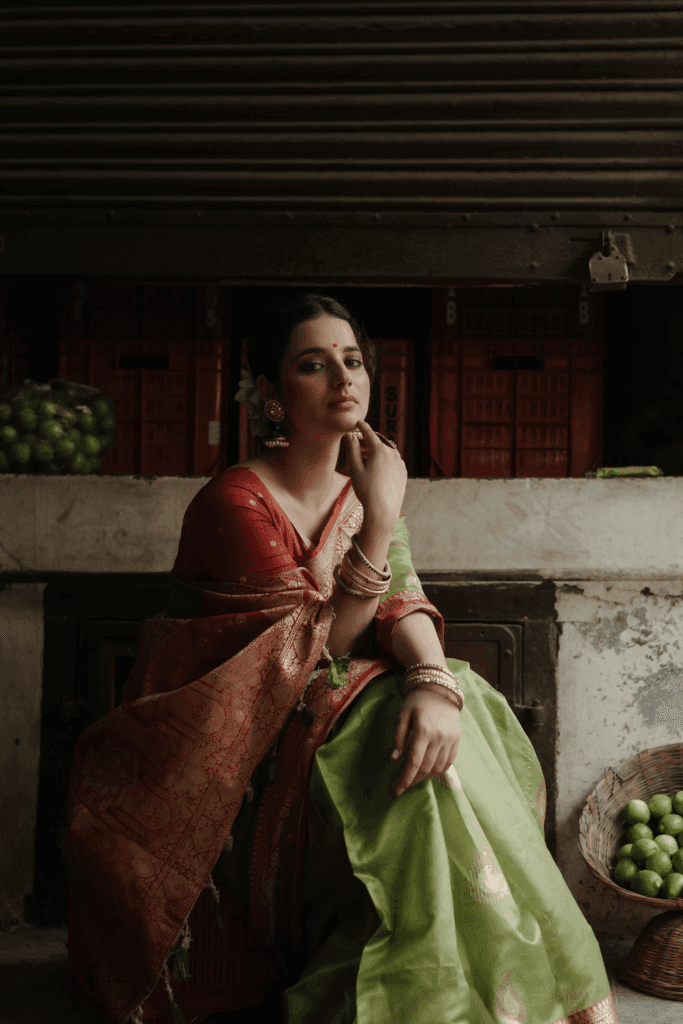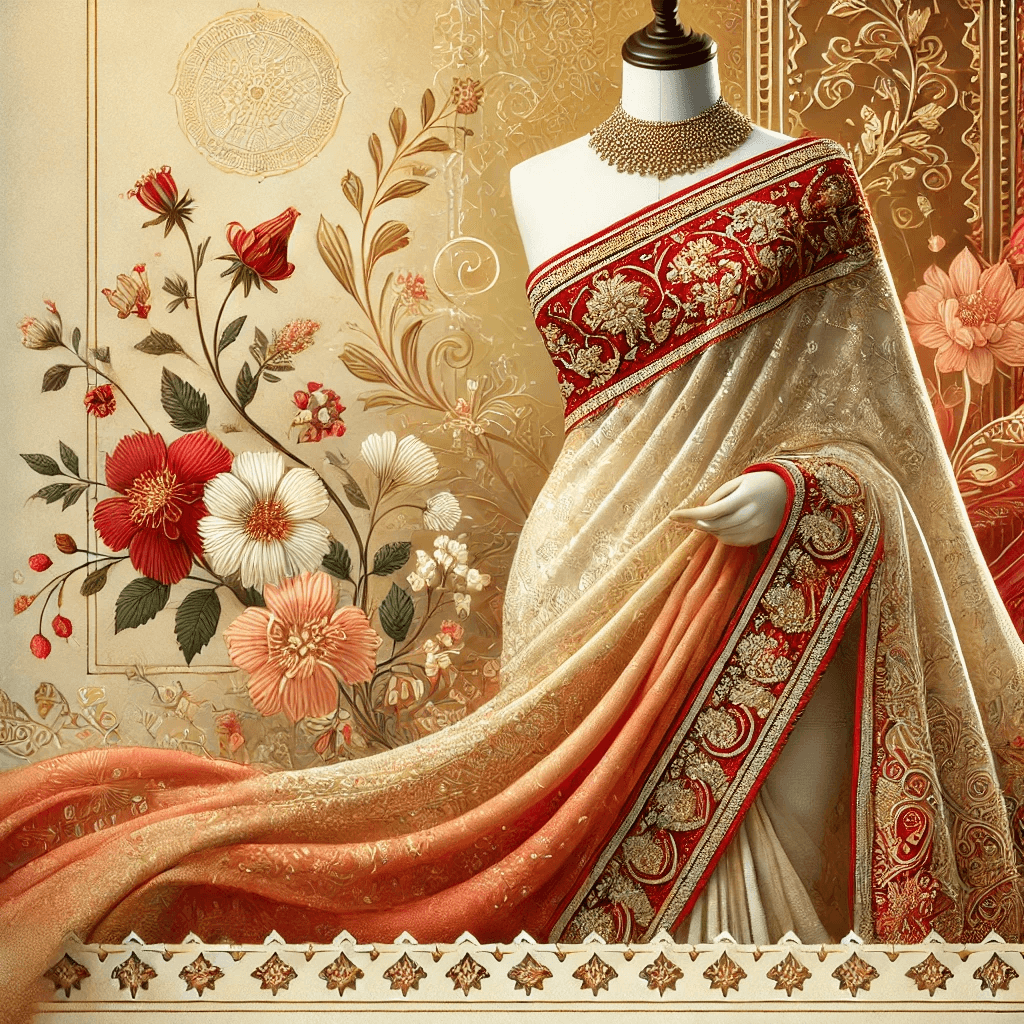Sarees are a fashionista’s delight- simple, pure, effortless and uber stylish. It is a reflection of the rich Indian heritage. Adorning our dadis and nanis, this nostalgic garment has graced generations. Loved since ages for its versatility, the ever stylish saree was long forgotten. It has made a comeback not just as a beauty icon but also a power symbol. Although, it’s been an every household thing, yet a deeper understanding makes draping a fun affair. We have been getting a lot of queries recently. In this saree FAQ, we have compiled the most frequently asked questions ranging from its rich history to modern styling tips. Dig in to deepen your appreciation and understanding of the saree.
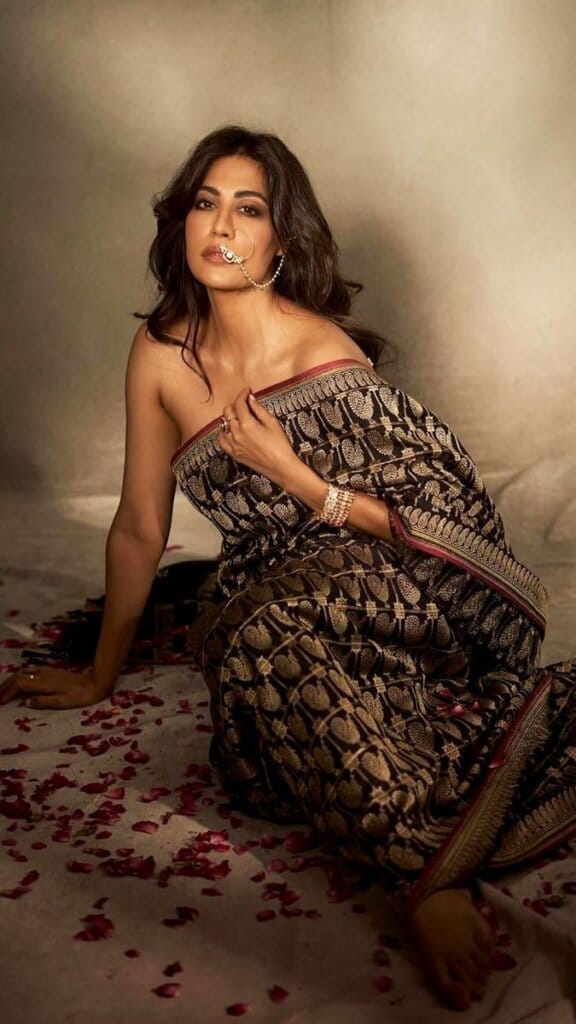
Saree FAQs
Let’s get your saree queries answered.
1. What Is a Saree?
For those who are new to the saree culture. Let’s understand the drape first. A saree is a traditional Indian garment comprising a long, unstitched piece of fabric, typically ranging from 6 to 9 yards in length. It’s draped around the body in various styles, often paired with a blouse and a petticoat. A canvas reflecting India’s diverse cultures, regions, and histories, saree isn’t just a garment.

2. What Are the Different Types of Sarees in India?
India is the land of sarees with a myriad of saree styles that mirror its vast cultural tapestry. Let’s explore some of the most beautiful styles:
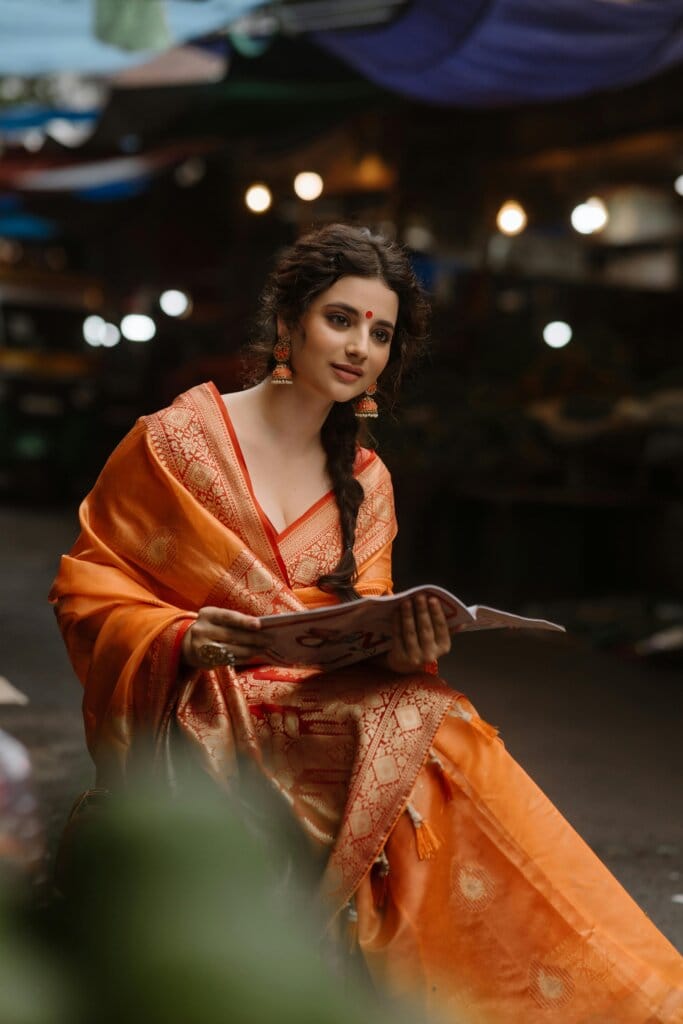
- Banarasi Saree: Originating from Varanasi, these silk sarees are renowned for their intricate brocade work and Mughal-inspired designs.
- Kanjeevaram Saree: Hailing from Tamil Nadu, these are distinguished by their vibrant colors and rich silk fabric.
- Chikankari Saree: From Lucknow, these feature delicate hand embroidery on lightweight fabrics.
- Bandhani Saree: A tie-dye technique from Gujarat and Rajasthan, resulting in vibrant patterns.
- Jamdani Saree: A fine muslin textile from Bengal, known for its intricate motifs.
- Chanderi Saree: From Madhya Pradesh, these are lightweight and have a sheer texture with glossy transparency.
- Patola Saree: Double ikat woven sarees from Gujarat, known for their geometric patterns.
- Kota Doria Saree: Lightweight cotton sarees from Rajasthan with a distinctive square check pattern.
- Paithani Saree: From Maharashtra, these are characterized by their oblique square designs and peacock motifs.
- Tant Saree: Bengali cotton sarees, ideal for the humid climate, known for their comfort and crispness.
3. What Fabrics Are Commonly Used in Sarees?
Sarees are crafted from a variety of fabrics, each lending a unique drape and feel:

- Silk: Luxurious and often used for festive occasions.
- Cotton: Breathable and ideal for daily wear.
- Georgette: Lightweight and flowy, suitable for parties.
- Chiffon: Soft and sheer, offering a graceful drape.
- Organza: Crisp and translucent, perfect for formal events.
- Linen: Cool and comfortable, great for summers.
- Tussar Silk: A type of wild silk with a rich texture.
- Crepe: Has a crinkled texture, offering a distinctive look.
4. How Do I Choose the Right Saree for My Body Type?
Selecting a saree that complements your body type enhances your overall appearance:

- Petite: Opt for lighter fabrics like chiffon or georgette with small prints to avoid overwhelming your frame.
- Curvy: Choose fabrics that drape well, such as silk or satin, and go for darker shades with minimal embellishments.
- Tall: Embrace bold prints and broad borders to balance your height.
- Slim: Heavier fabrics like brocade or layered styles can add volume.
5. What Are the Different Ways to Drape a Saree?
The saree’s versatility shines through its various draping styles:
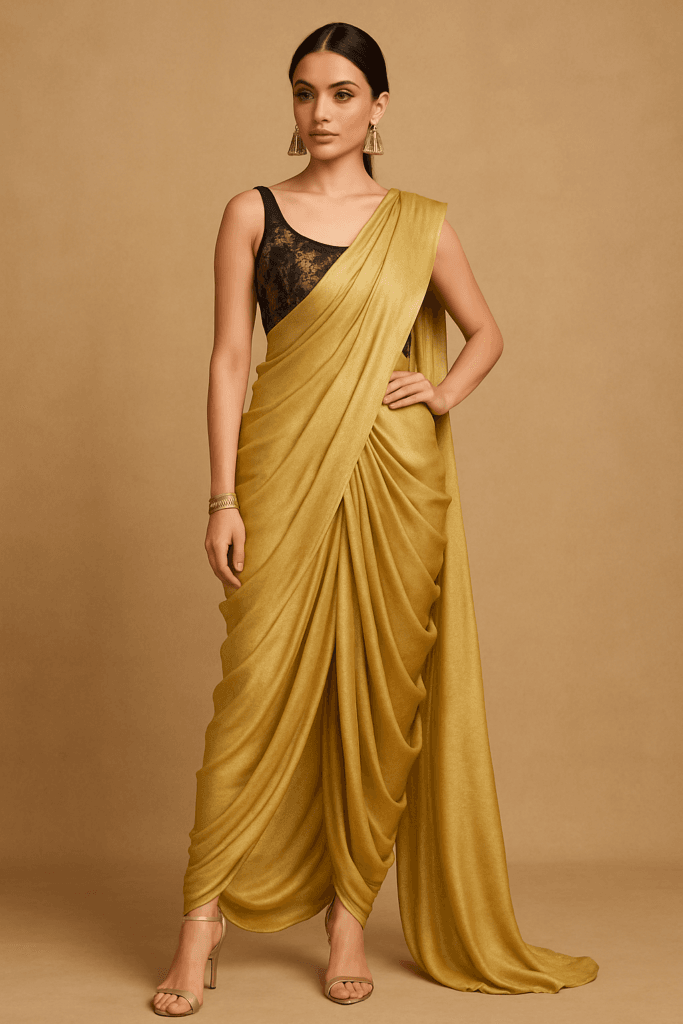
- Nivi Style: The most common drape, originating from Andhra Pradesh.
- Bengali Style: Characterized by wide pleats and a key ring at the end of the pallu.
- Gujarati Style: The pallu comes from the back over the right shoulder and is spread across the front.
- Maharashtrian Nauvari: A nine-yard saree draped without a petticoat, resembling a dhoti.
- Coorgi Style: The pleats are tucked at the back, and the pallu is pinned over the shoulder.
- Kerala Mundum Neriyathum: A two-piece saree, with the bottom piece wrapped around the waist and the top draped over the shoulder.
6. How Should I Store My Sarees?
Proper storage ensures the longevity of your sarees:
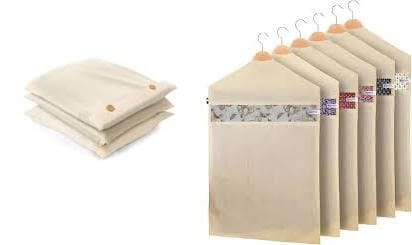
- Silk Sarees: Wrap in muslin cloth and store in a cool, dry place. Refold periodically to prevent creases.
- Cotton Sarees: Fold neatly and store in a cotton bag. Avoid hanging to prevent stretching.
- Zari Work Sarees: Keep away from moisture and air to prevent tarnishing. Use silica gel packets in storage areas.
7. Can I Wear a Saree Daily?
Absolutely! Many women wear sarees daily, especially in professions like teaching or in regions where it’s traditional attire. Opt for comfortable fabrics like cotton or linen for daily wear.
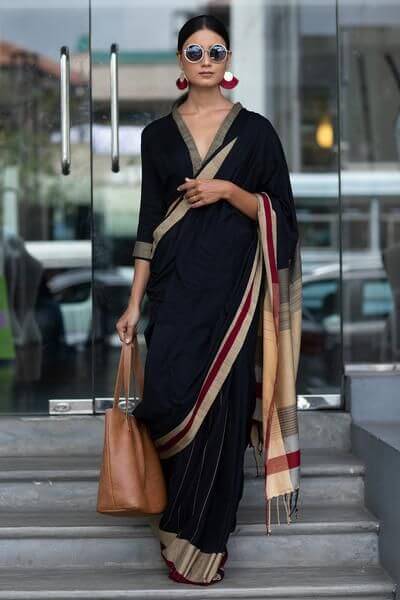
8. How Do I Accessorise a Saree?
Accessories can elevate your saree look:
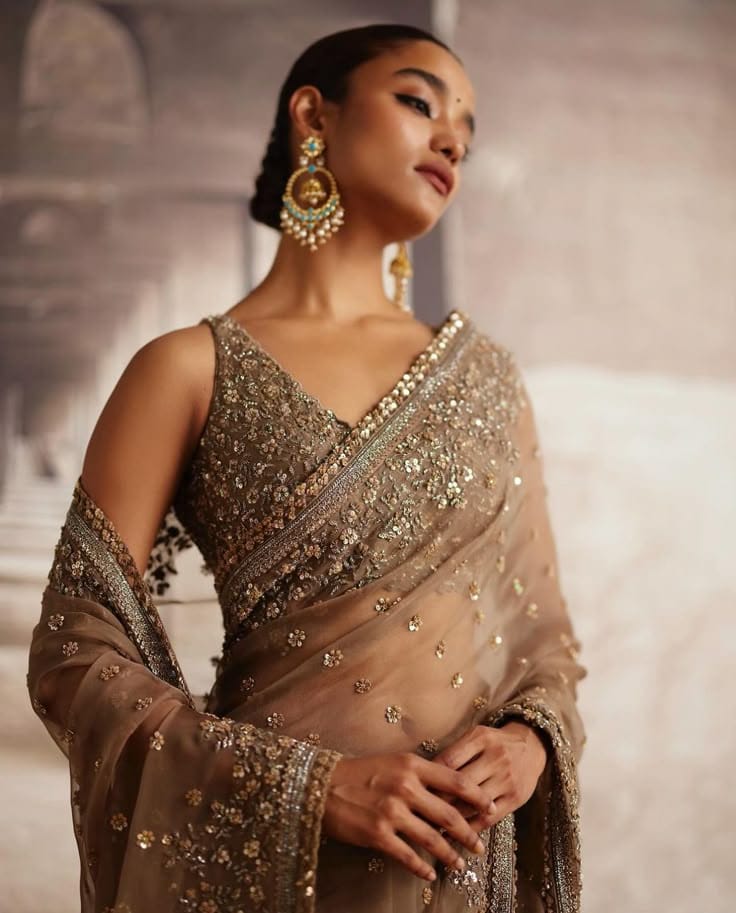
- Jewelry: Choose pieces that complement the saree’s style—traditional gold for silk sarees, oxidized silver for cotton ones.
- Footwear: Heels can enhance posture, but flats or juttis are comfortable for extended wear.
- Bindi and Hair Accessories: A matching bindi and hair adornments like flowers or pins can complete the look.
- Clutch or Potli Bag: Useful for carrying essentials and adding a touch of elegance.
9. Can I Wear a Saree Without a Blouse?
While traditional saree attire includes a blouse, modern fashion embraces versatility. You can pair sarees with crop tops, shirts, or even jackets to create a fusion look. Ensure the alternative top complements the saree’s fabric and design.

10. How Do I Care for Sarees with Zari Work?
Zari, the metallic thread used in many sarees, requires special care:
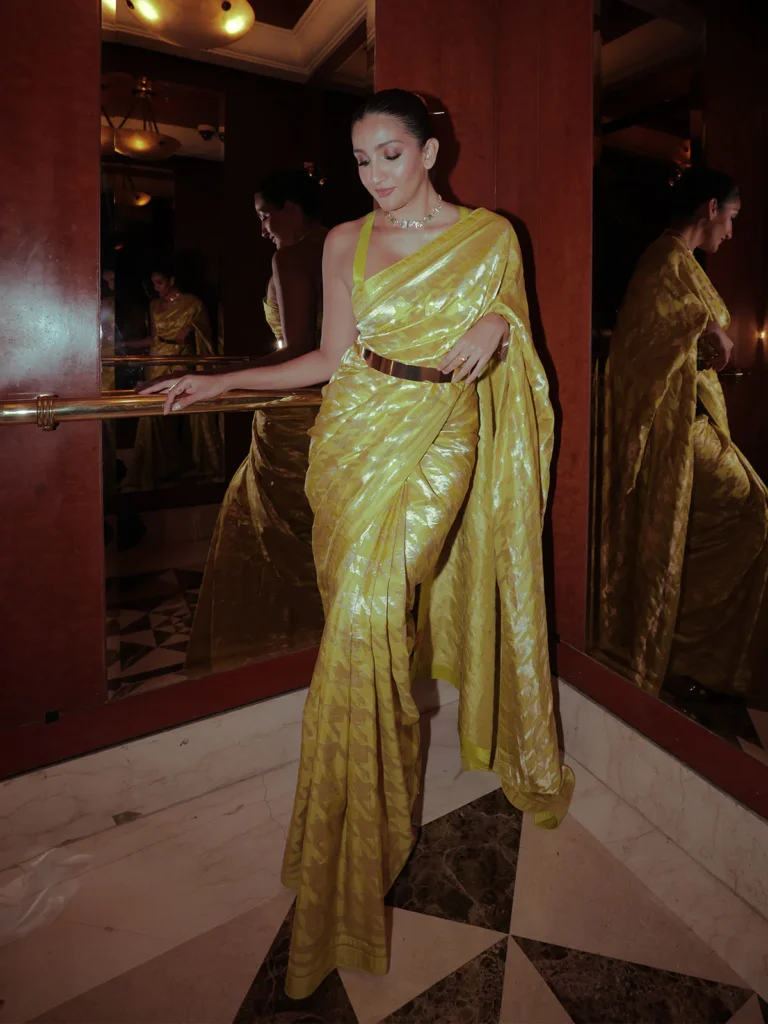
- Cleaning: Dry clean only to preserve the sheen and prevent damage.
- Storage: Wrap in soft cotton or muslin cloth. Avoid plastic covers as they can trap moisture.
- Handling: Minimize folding along the zari lines to prevent breakage.
11. What Is the Significance of the Half Saree Ceremony?
The Half Saree Ceremony, prevalent in South India, marks a girl’s transition into womanhood. During this rite of passage, the girl is adorned in a half saree, symbolizing her coming of age.
12. What Is Fall and Pico in a Saree?
- Fall: A strip of fabric sewn along the inner edge of the saree’s hem to provide weight and protect the border.
- Pico: A stitching technique that prevents the saree’s edges from fraying, giving it a neat finish.
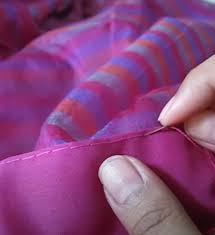
13. What Kind of Jewelry Should I Wear with a Kanjivaram Saree?
Kanjivaram sarees, known for their rich silk and vibrant colors, pair well with traditional gold jewelry. Temple jewelry, characterized by intricate designs inspired by deities, complements the grandeur of Kanjivaram sarees.
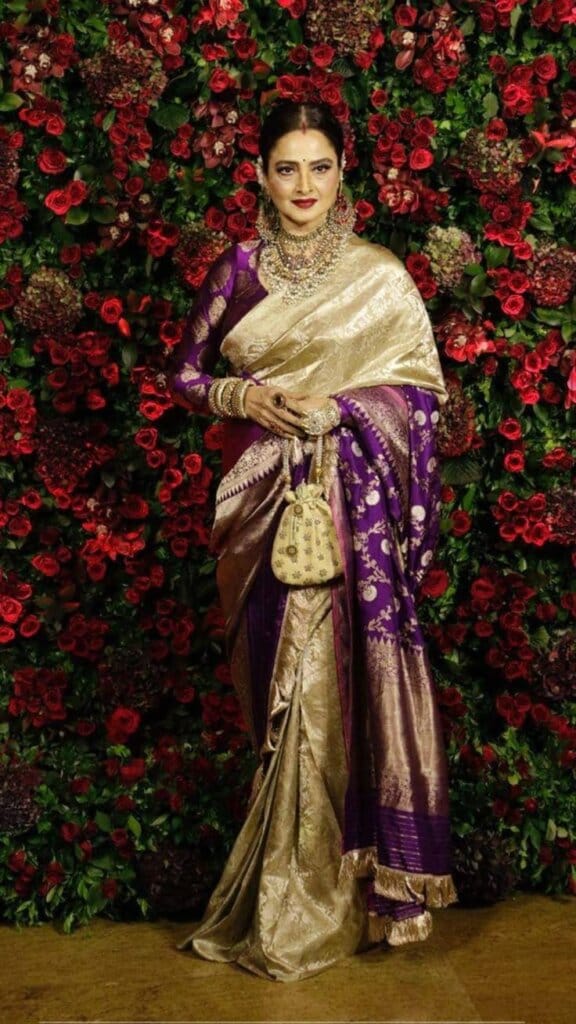
14. What Is Trending Now in Sarees?
Current trends in saree fashion include:
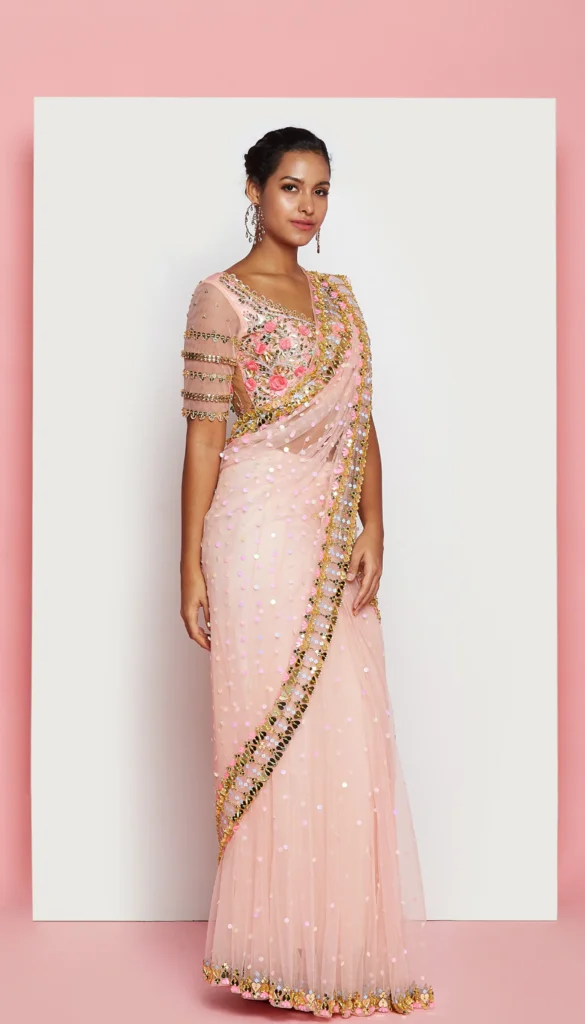
- Pastel Shades: Soft hues are gaining popularity for their subtle elegance.
- Fusion Drapes: Combining traditional sarees with western elements like belts or jackets.
- Digital Prints: Modern prints are making their way onto traditional fabrics.
- Sustainable Fabrics: Eco-friendly materials are being embraced by conscious consumers.

